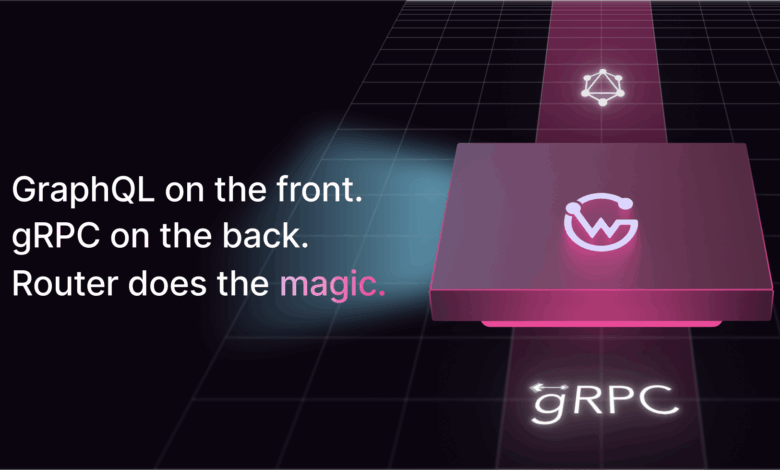
AI projects live or die on data access. Models need clean, consistent ways to pull from many systems: REST services from the last decade, SOAP and XML in legacy stacks, and gRPC in newer microservices. Most teams stitch these together with ad-hoc gateways and hand-written adapters. It’s brittle, slow to change, and hard to govern.
WunderGraph, the world’s most widely adopted open-source GraphQL Federation solution, is tackling that bottleneck with Cosmo Connect, a new layer that lets companies plug REST, SOAP, gRPC, and GraphQL into one supergraph. The idea is simple: treat federation as a meta-layer over whatever protocols you already run, so product teams can compose data and ship features, while service owners keep their tools and autonomy.
Expanding the WunderGraph API Universe
Cosmo Connect sits inside WunderGraph Cosmo, the company’s open-source GraphQL federation platform. With Connect, the router can speak multiple protocols via plugins. Those plugins can run inside the router for simplicity or as separate services when teams need to scale ownership. A gRPC-first design brings type safety and performance, but you can still implement plugins in any supported language. Governance, analytics, and policy live above it all, so leaders get one place to see usage and enforce rules.
Built for the AI Era
This is also an AI story. LLM apps, internal copilots, retrieval layers, agent workflows, depend on reliable APIs. If your services are fragmented, your AI is fragile. Cosmo Connect tries to make the graph legible to both humans and machines: concise contracts, strong types, and predictable composition. The team says those traits make the plugins highly interpretable for LLMs, which helps with AI-assisted code generation in tools like Cursor and lowers the “last-mile” effort to wire new systems. As CEO Jens Neuse puts it, “There is no AI without APIs.”
Enterprises have struggled to adopt federation at scale because not every team wants (or is able) to ship GraphQL. That’s the gap Cosmo Connect targets. By letting gRPC subgraphs and other protocols participate alongside GraphQL services, companies can move toward a unified graph without a big-bang rewrite. “Cosmo Connect overcomes many of the limitations that have held back current federated architectures from enterprise adoption,” says Curtis Layne, a senior staff engineer at a Fortune 500 company. “Federated APIs with gRPC subgraphs is the next evolution of GraphQL Federation.”
Why now
AI development is accelerating the move away from monoliths and toward service-rich backends. Teams need a way to compose data once and reuse it across assistants, dashboards, and public APIs. They also need guardrails, rate limits, auth, observability, so those AI workloads don’t overwhelm legacy systems. Cosmo Connect keeps those controls at the graph layer while meeting each team where they are.
WunderGraph says Cosmo is already used by thousands of developers, including teams at eBay, Soundtrack Your Brand, On The Beach, and SoundCloud. With Connect, the company is widening the funnel: bring your REST or SOAP service as-is, expose it through the supergraph, and start composing. Deep integration with WunderGraph Hub is next, aimed at collaborative API design and modeling across large orgs.
The pitch isn’t that GraphQL is going away. It’s that AI value depends on composability, and composability depends on an abstraction that spans old and new protocols. If Cosmo Connect delivers on that promise, one graph over every API, it could turn today’s integration tax into tomorrow’s AI advantage.
For details, WunderGraph is hosting a webinar on August 26 that you can sign up for at wundergraph.com/connect.



